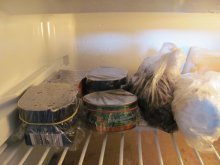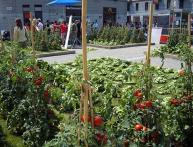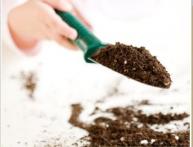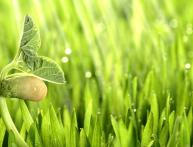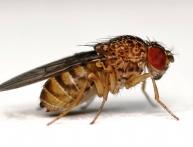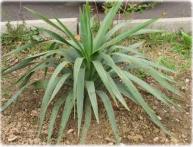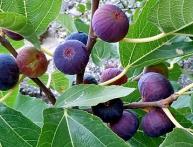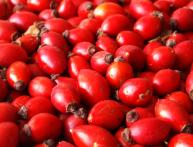What is stratification, its types and how to stratify seeds at home
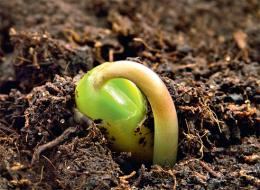
The term stratification is used in several completely unrelated areas at once. It is used by doctors, chemists, mathematicians, sociologists, and botanists. Plant breeders are of course interested in the botanical meaning of the term stratification. The word itself means to make a layer or layers. The question of stratification arises before preparing some seeds for landing. Let's try to find out how to stratify seeds and what this action gives.
Content:
What is stratification
All those who like to grow various plants are familiar with the situation when a seed planted in the ground lies for months and does not sprout. To understand the reason for this lack of germination, you need to pay attention to plants in the wild. This is especially true for plants from regions with pronounced seasonality. After the seeds or fruits ripen, the cold season begins.
During this period, a period of dormancy begins for plants and their seeds. It continues throughout autumn, winter and part of spring. All this time, the seeds, which are at rest, are exposed to low temperatures for 6 - 7 months. Most often, the seeds of many perennial crops ripen in the summer and weather conditions allow them to germinate immediately.However, with such germination, the plants will die with the onset of cold weather. Therefore, the seeds are in a state of sleep. This is how nature protected the plants from premature germination and further death of the seedlings.
After the end of winter, and as the weather warms up and the earth warms up, seeds awaken and begin to grow. Sometimes seeds are in such a deep state of dormancy that in order to germinate they need to survive two winters, and only after that do they acquire the ability to emerge from the dormant state and produce vigorous shoots. In addition, the shell of many seeds is so hard that the seedling cannot break through it, and under the influence of cold and water it softens, microcracks appear on it, this makes the shell softer and more pliable.
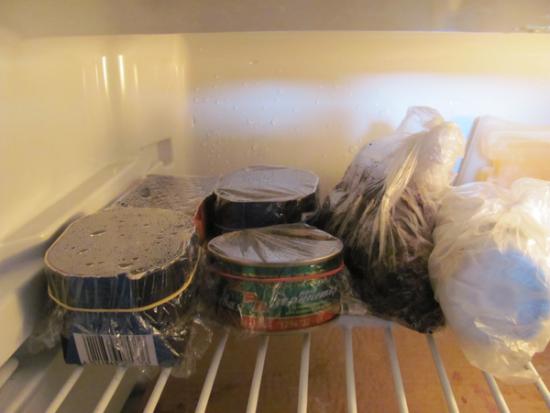
Also, under the natural influence of low temperature, the chemical composition of the tissues surrounding the embryo changes, and the amount of substances - inhibitors that retard growth, decreases, the content of growth stimulants increases, and this also gives impetus to development. When cultivating plants, it is not always possible to wait 12 months, after which one can hope for seedlings to appear, so there is a need to shorten the dormant period of seeds.
This can be done using artificial imitation of weather conditions. The process of creating conditions close to natural, with keeping seeds at low and sometimes at elevated temperatures, is usually called seed stratification. The purpose of this process is to speed up the emergence of seeds from the dormant state and provoke their germination. Seedsthat have undergone stratification, as a rule, produce more friendly and healthy seedlings.
If you refuse this technique, seeds that were stored at normal room temperature may either not sprout at all or sprout in extremely small quantities. And although the general principle of stratification is placing seed material in low temperature conditions, there are several varieties of this agricultural technique.
Types of stratification
In nature, after ripening, seeds most often fall on the surface of the earth, where they are exposed to two factors - humidity and temperature. Therefore, when stratifying, you also need to use them. Four types of seed stratification can be distinguished:
- warm
- cold
- stepped
- combined
Cold stratification involves keeping seeds at low but positive temperatures. Its duration is from 1 to 6 months. The seeds are kept at temperatures from 0 to + 4 and humidity at 75%. This method is suitable for many berry crops:
- strawberries
- strawberries
- sea buckthorn
Warm stratification
This type of stratification involves placing the seeds under temperature conditions of + 22 + 25 degrees and an importance of at least 70%. This is usually achieved by placing the seeds in warm water. They are kept in this state from several hours to two days. This method is applicable for many vegetable crops:
- cucumbers
- peppers
- tomatoes
- eggplant
- watermelons
Combined stratification

This type provides a combination of warm and cold stratification. This technique is intended to imitate the change of seasons, which speeds up the process of breaking dormancy in particularly slow-germinating seeds. This stratification will help the seeds germinate:
- plums
- apricot
- hawthorn
- maple
- viburnum
Step stratification
This type of stratification is the most complex and time-consuming.It involves various combinations and repeated repetition of cold and warm stratification. Step stratification is indicated for the seeds of the following crops:
- cornflower
- fighter
- clematis
- peony
- phlox
At home, you can use several available methods of stratification.
Ways to stratify seeds at home
The easiest way to stratify is to sow seeds before winter. With this method, the process occurs naturally and there is no need to monitor humidity and temperature. Can be planted before winter garlic, lettuce and some other crops. You can also achieve good results at home by using sanding.
In this case, the seeds are layered with specially prepared sand. After which everything is moistened, packed in a bag and placed in the refrigerator.
The temperature should be + 3 + 4 degrees. At the end of sanding, the temperature drops to +1. Instead of sand, you can use peat and sawdust. With this method, it is important to use disinfected materials and monitor humidity. There are other methods of stratification; they are chosen in accordance with the capabilities and characteristics of the seeds.
Video about seed stratification:

